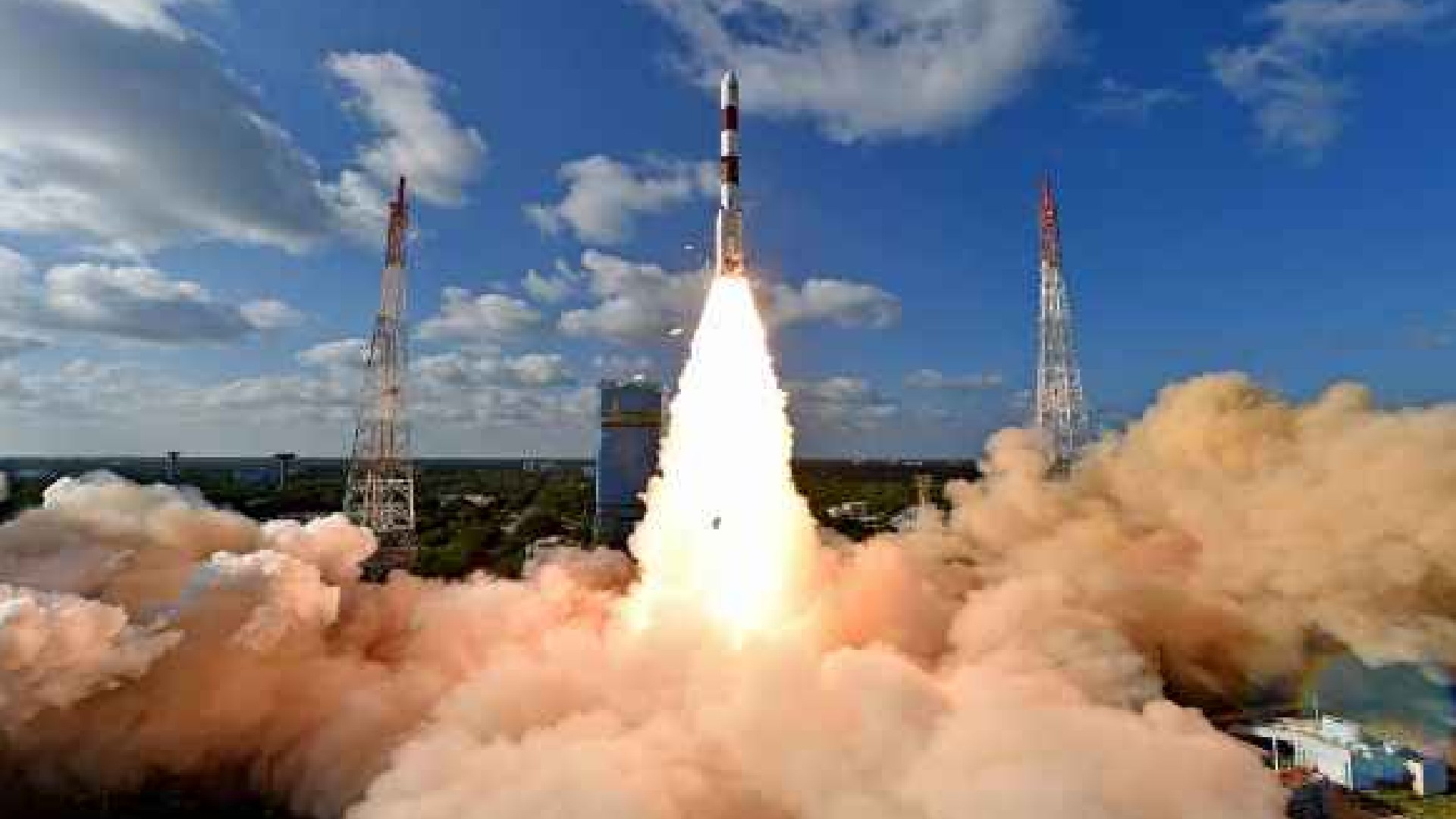The Indian Space Research Organization (ISRO) will be launching an earth observation satellite, GISAT-1 on the GSLV-F10 rocket on March 28.
After successfully launching the satellite Amazonia-1, along with 18 co-passenger satellites on the PSLV-C51 from the Satish Dhawan Space Centre SHAR, Sriharikota on February 28, 2021, ISRO has now scheduled the launch of satellite GISAT-1 on March 28.
Although the launch was earlier scheduled for March 5, it had to be postponed due to last minute technical reasons.
The GISAT-1 satellite will provide near real-time images of India’s borders and enable quick monitoring of natural disasters, says ISRO.
Here is everything you need to know about the GISAT-1 launch.
The Geo Imaging Satellite Launch
On March 28, ISRO will be launching the GISAT-1 satellite, onboarded on the GSLV-F10 rocket from the Sriharikota spaceport in Nellore.
This Geo imaging satellite is equipped with high-resolution cameras, which will allow it to monitor the Indian landmass and the oceans, particularly its borders continuously.
According to ISRO, among the major objectives of the satellite is providing near real-time imaging of the large area region of interest at frequent intervals. It would help in quick monitoring of natural disasters, episodic and any short-term events.
In conjunction, the satellite will also obtain spectral signatures of agriculture, forestry, mineralogy, disaster warning, cloud properties, snow and glacier and oceanography.
“We are looking to launch this Geo imaging satellite on March 28, subject to weather conditions”, stated an ISRO official to the PTI on Sunday.
GISAT-1’s Launch Rescheduled to March 28
The launch of GISAT-1 on the GSLV-F10 rocket was originally set to be on March 5, 2020 but it got cancelled due to last minute technical reasons.
The rocket will place the spacecraft in a geosynchronous orbit. It will be subsequently positioned in geostationary orbit, about 36,000 km above the earth’s equator, using its onboard propulsion system.
Experts believe that positioning of the geo-satellite in geostationary orbit has key advantages. “It’s going to be a game-changer in some sense for India”, said a Department of Space official.
Secretary in the Department of Space and ISRO Chairman K Sivan told PTI last week that the technical issues that led to postponement of GISAT-1 mission have been resolved and the further delay in the launch was due to Covid-19-induced lockdown which affected normal work.
According to sources, GISAT-1 will be followed by the maiden flight of Small Satellite Launch Vehicle, ISRO’s compact launcher, likely in April.
